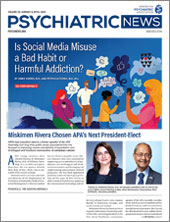DSM-IV-TR Diagnostic Criteria For Gender Identity Disorder
A. A strong and persistent cross-gender identification (not merely a desire for any perceived cultural advantages of being the other sex). In children, the disturbance is manifested by four (or more) of the following:
| 1. | repeatedly stated desire to be, or insistence that he or she is, the other sex | ||||
| 2. | in boys, preference for cross-dressing or simulating female attire; in girls, insistence on wearing only stereotypical masculine clothing | ||||
| 3. | strong and persistent preferences for cross-sex roles in make-believe play or persistent fantasies of being the other sex | ||||
| 4. | intense desire to participate in the stereotypical games and pastimes of the other sex | ||||
| 5. | strong preference for playmates of the other sex | ||||
B. Persistent discomfort with his or her sex or sense of inappropriateness in the gender role of that sex.
C. The disturbance is not concurrent with a physical intersex condition.
D. The disturbance causes clinically significant distress or impairment in social, occupational, or other important areas of functioning.



